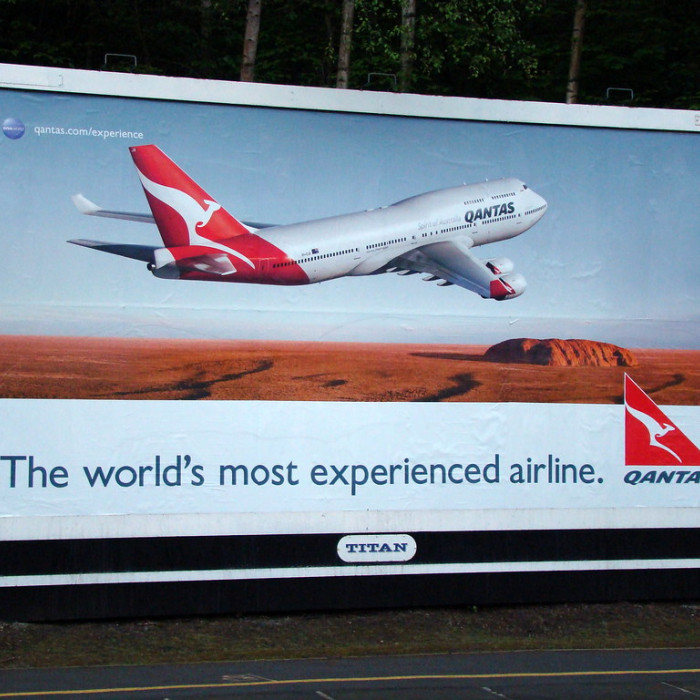Ever wondered why children are obsessed with hearing stories, pretty much from the day they are born? And start telling them as soon as they can speak?
Well… Once upon a time, long, long ago (about 100,000 years), in a land far, far away (South Africa’s western Cape to be specific), one of the many human species at the time, was about to receive an unfair advantage that would mean the end of all other humans, and the start of humanity as we know it.
Because it was at this time, we, Homo Sapiens, went through the evolutionary leap known as the cognitive revolution, blessing us with complex language and abstract thinking. For the first time, an organism could believe in something it couldn’t see, something bigger than itself… spirits, gods, the afterlife, money, government, they all became possible from this point. Not only that, but for the first time, we could create language advanced enough to talk about it. Game changer.
So it was at this point, the first stories were told.
They weren’t told by accident, or stumbled upon, nor were they ‘invented’ to pass the long, hot days before Netflix was a thing. They were an important tool in our survival, and dangerously potent in our success as a species.
Believe it or not, our spoken language developed for tens of thousands of years before anybody decided to write any of it down. This meant all the information in the world existed only in the minds of the people alive at that time, so someone accidentally sat on the wrong snake and BOOM… the recipe for that vital medicine, or the method for making that tool you can’t eat without… gone.
Survival and thrive… al(?), were all down to our ability to pass important information to each other in a way that would be remembered. Those who listened best survived, and those who communicated best were more attractive, and without explaining how natural selection works… We became very good, very quickly.
It was around this time we realised the power of a story; of constructing a narrative to carry a message in a way that will make it stick in the mind and change behaviour. We discovered the power of stories to manipulate others.
All of a sudden, if we wanted the kids to avoid the dangerous lake frequented by lions, we didn’t just command them to stay away in the hope they’d listen (‘cause that always works, right?), instead, we told them the story of the little girl who never came home.
We’ve done this ever since… just look at any fairytale, Disney movie or religious text and you’ll see a practical message, command or ‘moral’ - like being afraid to wander off the beaten path, hard work paying off, believe in god or go to hell, don’t eat apples etc – hidden beneath a gripping narrative. This is not just a specific type of story, or storytelling tactic, it’s the reason they exist in the first place.
For marketers, storytelling is literally the oldest trick in the book, and there’s plenty of research* to suggest many brands and advertisers are turning their back on it, favouring a more literal, rational approach to comms; over the past 20 years we’ve been swapping narrative for numbers, characters for clickbait, story arcs for CTAs.
Rather than recognising that new media brings more opportunity to tell our stories, just as we did with TV did before it, and the printing press before that, we’re simply throwing the baby out with the bathwater.
We humans have changed very little since that fateful time tens of thousands of years ago, so storytelling is just as effective today as it has ever been. Storytelling is our species superpower and whilst the tools we have to tell them with have changed, our natural gravitational pull towards stories is as strong today as ever before.
Whilst advertisers are lamenting declining viewer attention spans, people are binging a whole Netflix series in a single sitting. Whilst marketers lament declining view through rates on their ads, book sales are breaking records.
In reality, we haven’t changed, no matter how hard we like to think we have. Our attention spans haven’t dropped, because evolution doesn’t happen at the speed of technology. The brands that succeed now and next are those that learn to tell stories well in the modern media landscape, just as yesterday’s advertisers did when TV ran a train through print.
There’s no guidebook on how to do this. The idea of ‘rules’ in creativity is an oxymoron itself. But there are some age-old techniques that are particularly applicable to modern marketing.
1. Microfiction
Where print advertisers used to have 1000 words to play with, and TV advertisers once had time to luxuriate in long form TV spots (like Guinness’ famous 90 second surfer ad!), modern media planning demands much shorter content.
That’s where ‘microfiction’ comes in; the idea that you can tell a powerful story in just a few words. Hemingway famously wrote a heartbreaking six-word story - “For sale: baby shoes, never worn.” - showing us marketers that we really don’t need a 30-second TV ad to tell a story…
‘Microfiction: fancy word, simple idea’
2. Narrative Triad
Whilst Aristotle was wrong about quite a lot (like men having more teeth than women and elephants not having knees), in his work Poetics he essentially set the foundations for storytelling as we know it, and how to create ‘meaning’ through words.
In modern storytelling these foundations have evolved into what many call the Narrative Triad – character, incident and place – put simply, to convey meaning in a story something must happen to someone/something, somewhere.
This sounds pretty basic, but take a look at these two ads and see if you can spot which uses the narrative triad, and which doesn’t.


3. Mosaic Narrative
There’s loads of recent research** telling us that the most successful brands are consistent; they commit to a story, a creative idea, a character, for the long term.
But in this fragmented media landscape, it can seem impossible to hit the same nail every time when your brand is turning up in so many different places.
So instead think about your brand story as a mosaic – lots of opportunities to tell little stories that together tell a bigger story when you take a step back.
Cadbury’s is the greatest example in recent years. The stories they tell on TV (like the man in the petrol station or the girl on the bus), through to the stories they told on pack in the ‘made to share’ campaign, all have power and meaning on their own, but tell a much bigger story when viewed together.
4. ‘In Medias Res’ (or ‘in the middle of things’)
The best stories, long or short, actively involve the audience by giving them some work to do - leaving open ends, gaps for interpretation, ambiguity - opportunities for the receiver to think beyond what they can see.
Perhaps the most powerful method and most helpful for modern marketers is ‘In Medias Res’ - the idea of beginning the story in the middle of the action, and not at the start, often leaving an ending open to interpretation and the audience making their own conclusions – because it give you the opportunity to imply much greater, more powerful narrative, in just a few seconds.
Once again the Cadburys masterclass gives us the best examples of this. In the ad below, like all others in this campaign, by dropping the audience in the middle of the story we find ourselves painting our own much bigger story than were are told in the 30 seconds.
Storytelling isn’t a marketing tactic of yesteryear; it’s a fundamental human instinct that’s been shaping our behaviour, beliefs and decisions from day one. Stories were once how we made sense of the world, passed on vital knowledge, influenced each other, and built the shared realities that made cooperation (and civilisation) possible. That instinct hasn’t gone anywhere. If anything, in a world overloaded with information, stories are the only thing still capable of cutting through.
Regardless of how much we believe the media landscape has changed, the brands that won yesterday, win today and will win tomorrow, aren’t those that buy the most impressions - they’re the ones that capture and hold the most attention, evoke the most feeling, by telling the best stories - because we humans haven’t evolved beyond storytelling, and never will.
*See Lemon by Orlando Wood
**most notably System1’s work on ‘Compound Creativity’